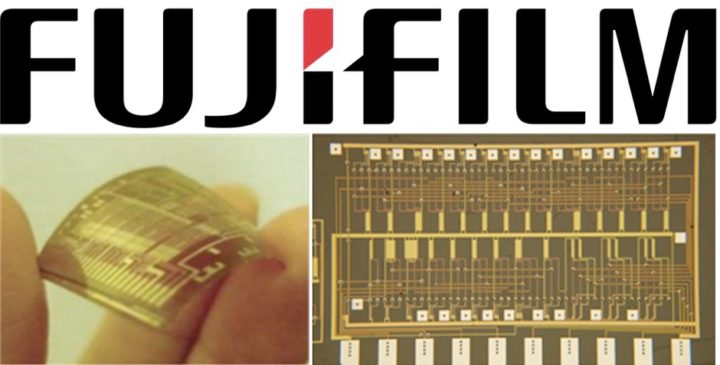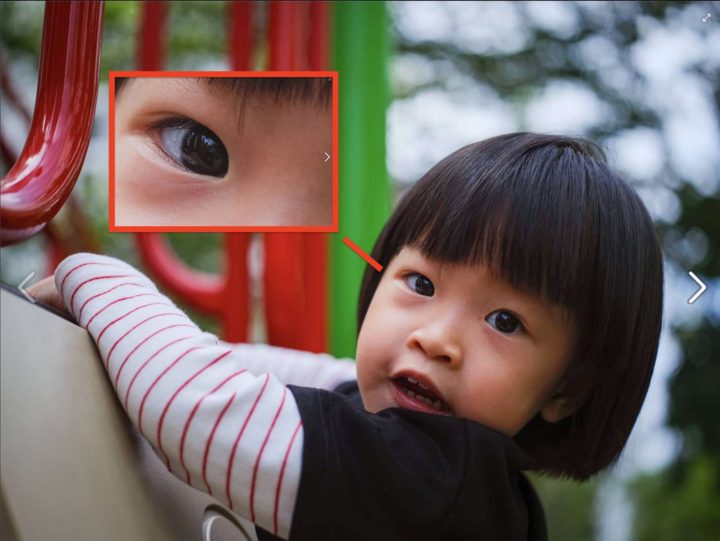GFX Technologies #1 -The Secrets of the New Fujifilm GFX Sensor

Fujifilm just launched a new series about the Fujifilm GFX, the “GFX Technologies” series. Episode one is all about the GFX sensor, which is different compared to the other 44×33 MF sensor, because:
- The sensor itself has the surface size of 43.8×32.9mm, but the shape of the sensor unit is different for the GFX 50S. Typically the sensor is mounted to the silicon circuit with terminals placed on both sides of the sensor. But in the case of GFX, the sensor is mounted to the silicon circuit with the terminals placed on the back side of the sensor. This allows not only the sensor unit, but also the silicon circuit to be smaller in size.
- In order to effectively process the lights, the size of micro-lenses haven been reduced and more spaces have been created between each pixel. This is one reason why the images appear so sharp when taken by GFX even though the pixel counts are the same. You may wonder about the negative impact for sensitivity and S/N if the micro-lenses are smaller in size. There is no need for such concern. The pixel size is big enough to receive enough lights without making micro-lenses any bigger. This optimization is only possible for the medium format sensor.
- The photic saturation point of the sensor is extended and wider dynamic range is realized as a result. The dynamic range becomes 1/3 step wider. This wider dynamic range is a result of extended photic saturation point, so the images are 1/3 tougher against over-exposure. This extended photic saturation becomes most effective when the sensitivity is set at ISO 100
- The camera is not equipped with the phase-detection pixels, but the autofocus speed is quite fast for a medium format camera nonetheless. One of the reasons for this is the increased sensor readout speed from 130fps to 200fps. Our sensor is customized so that faster readout is realized during autofocus. The speed is slower than DSLRs with dedicated phase detection autofocus, but it is much more accurate than that of the DSLR.
Full story at fujifilm-x (thanks to the FR-reader for the link :) )
Fujifilm GFX: USA BHphoto, Adorama, AmazonUS EU: AmazonDE, CalumetDE AmazonUK, WexUK, ParkCamerasUK, PCHstore AUS: CameraPro
image courtesy: Jan Gonzales // GFX + 120mm – spotted at the Fujifilm GFX Facebook Group








